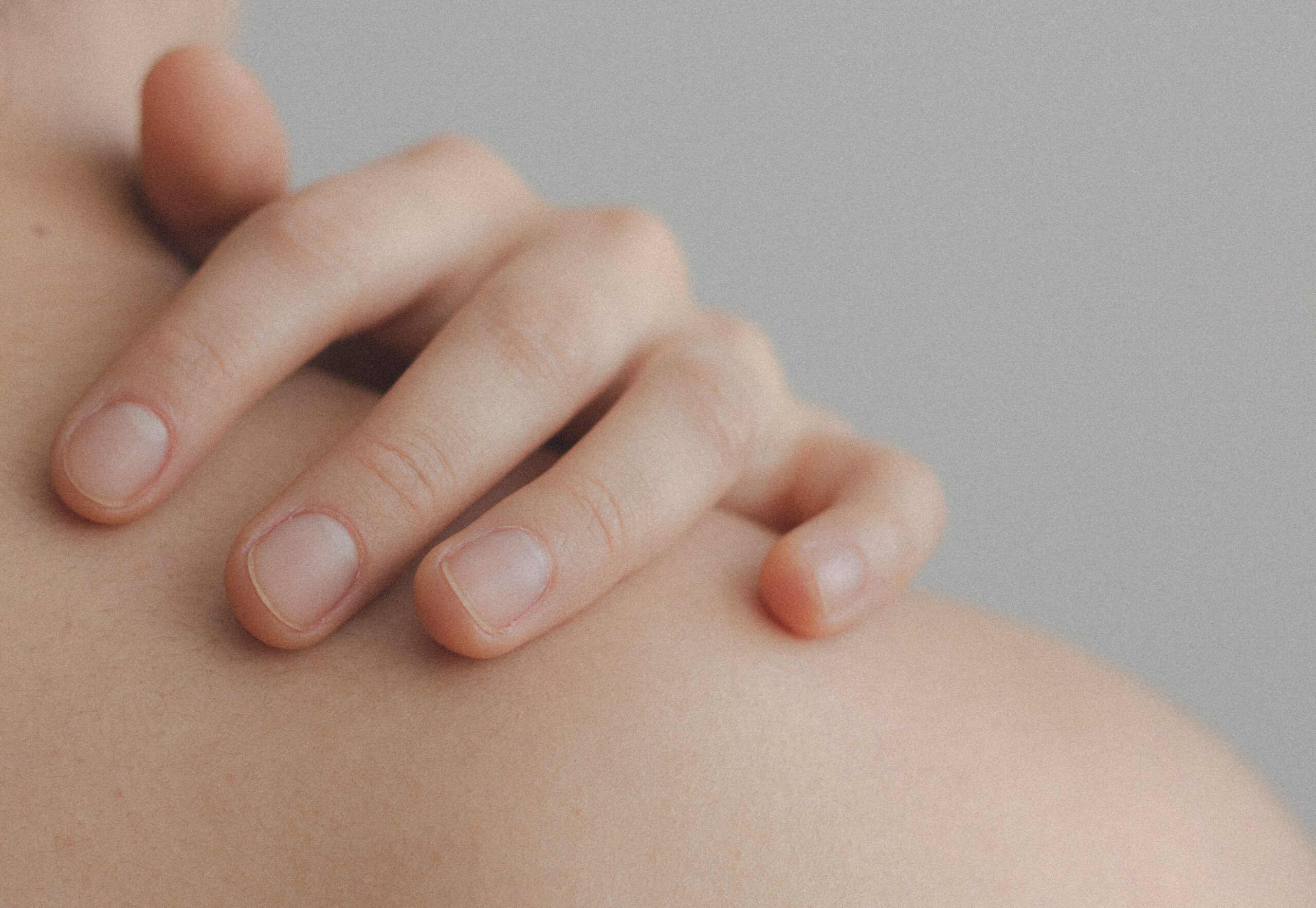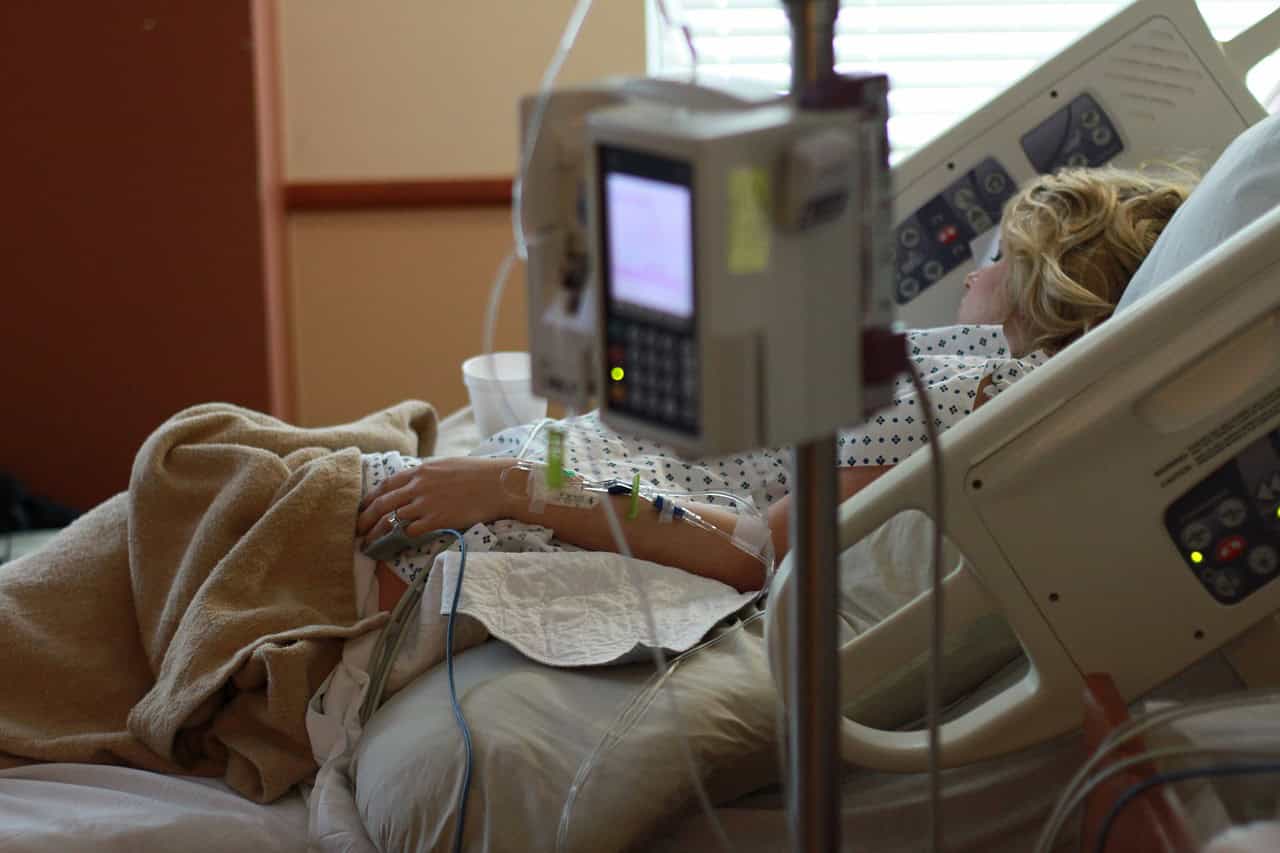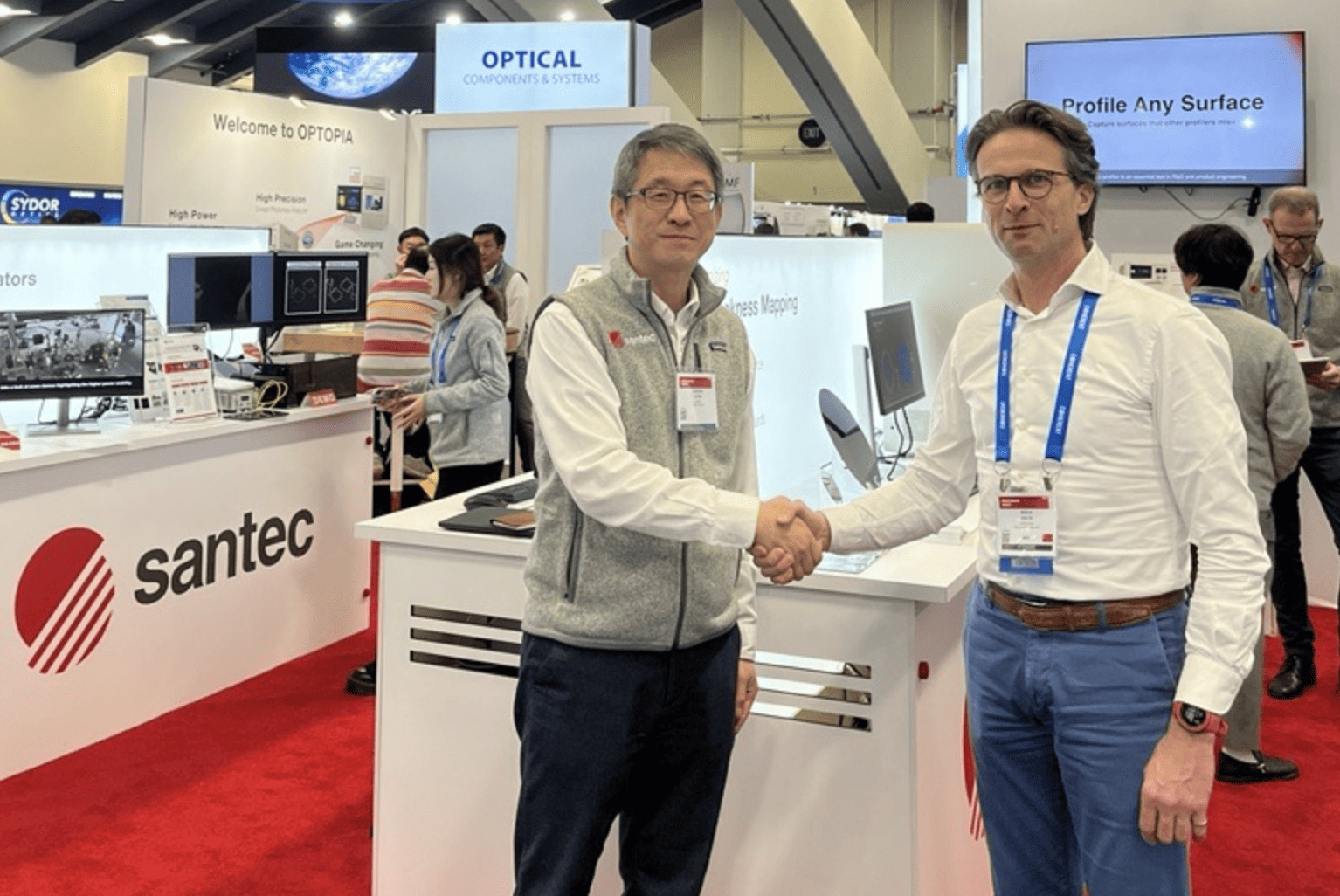
German and Portugal researchers have developed a digital solution to speed-up the skin-cancer diagnosis. Derm.AI is a mobile application is using AI and image analysis. With its help, dermatologists can assess the potentially dangerous changes in the surface of the skin, reports the Fraunhofer-Gesellschaft in their press release.
Skin cancer is a particularly deceptive form of cancer. In the early stages, it looks very much like a harmless mole or birthmark and doesn’t cause any pain. According to data from the German Cancer Society, more than 200,000 people suffer from skin cancer every year in Germany. In 2017 alone, 3,764 people died from it. One of the most serious types of skin cancer is malignant melanoma, which is most frequently caused by exposure to the sun’s UV rays.
But, if caught in time, even melanoma is very likely to be cured. The survival rate is more than 95 percent after five years, which means that early diagnosis and prevention are even more crucial. The Fraunhofer Center for Assistive Information and Communication Solutions (AICOS) in Porto and Lisbon has developed a solution to accelerate early recognition.
Smartphone
The Derm.AI solution combines smartphone photos of the skin lesion with image-analysis software and artificial intelligence. It provides a swift, first assessment of potentially dangerous changes in the surface of the skin. Dermatologists can access this decision support platform and analyze the cases with increased risk of skin cancer first. The Derm.AI solution aims to improve the existing Teledermatology processes in the Portuguese National Health System.
Read next: Ultra-early detection of skin cancer using multispectral camera and AI algorithms from View Derma
The first step is for the GP to photograph the potential problem area on the skin with a smartphone. The Fraunhofer team developed a special app just for this purpose that runs on both iPhones and Android smartphones. The app ensures that the photos are correctly aligned, taken at the right distance and have the correct resolution.
The app takes two photos: one close-up of the suspicious area and one from further away to show the area in context. It also helps to correctly align and position the camera. This creates standardized photos with consistent settings for resolution, color, brightness and contrast. “The standardized shots are easy to compare and can be reliably analyzed by specialists”, Vasconcelos explains.
Artificial intelligence software
The images obtained at the GP’s practice are then sent via the internet to the dermatology department of a hospital. This is where the artificial intelligence software comes into play. It analyzes the photos of the skin lesion, compares them to reference data and the data of other patients and provides a risk assessment. The lesion in question is labeled as “normal”, “priority” or “high priority.”
This is not yet a formal diagnosis, it is simply a first assessment which helps prioritize the order in which the potential cases are examined. The doctors can prioritize examining the cases which the AI software has indicated have a high risk, as these need to be quickly confirmed or clarified. “The software doesn’t make a decision; it simply provides a pre-selection based on probability. The actual examination and diagnosis are still in the hands of the dermatologists or skin-cancer specialists,” Vasconcelos explains.
After the images are analyzed, along with the patient data such as age, gender or previous conditions, the dermatologist at the hospital can either provide feedback to the GP responsible for the patient via teleconsultation or schedule a presential consultation with the patient.
Selected for you!
Innovation Origins is the European platform for innovation news. In addition to the many reports from our own editors in 15 European countries, we select the most important press releases from reliable sources. This way you can stay up to date on what is happening in the world of innovation. Are you or do you know an organization that should not be missing from our list of selected sources? Then report to our editorial team.







